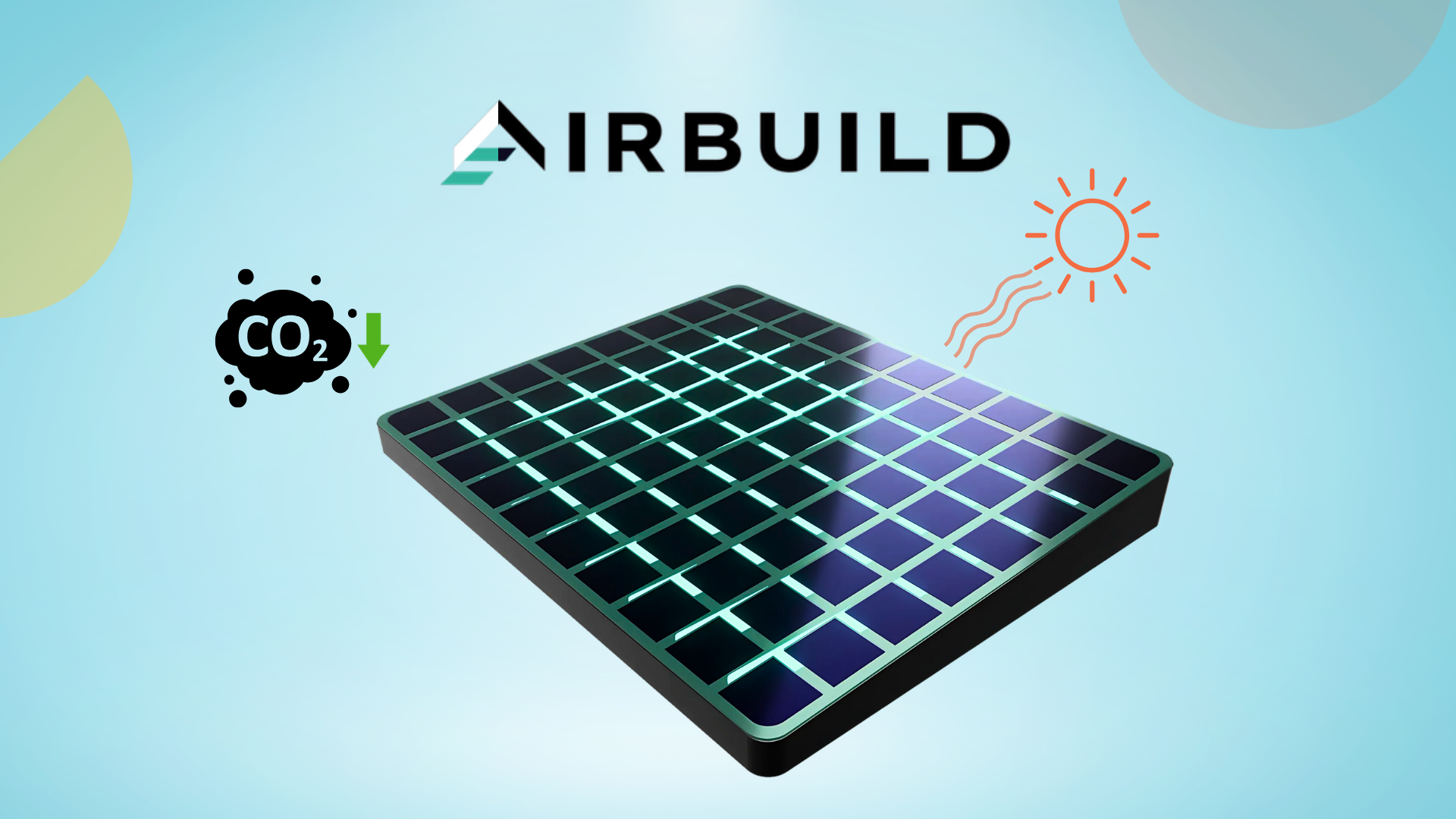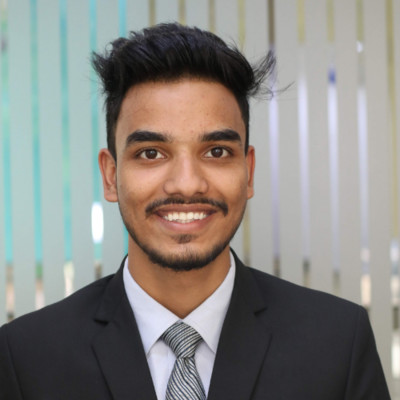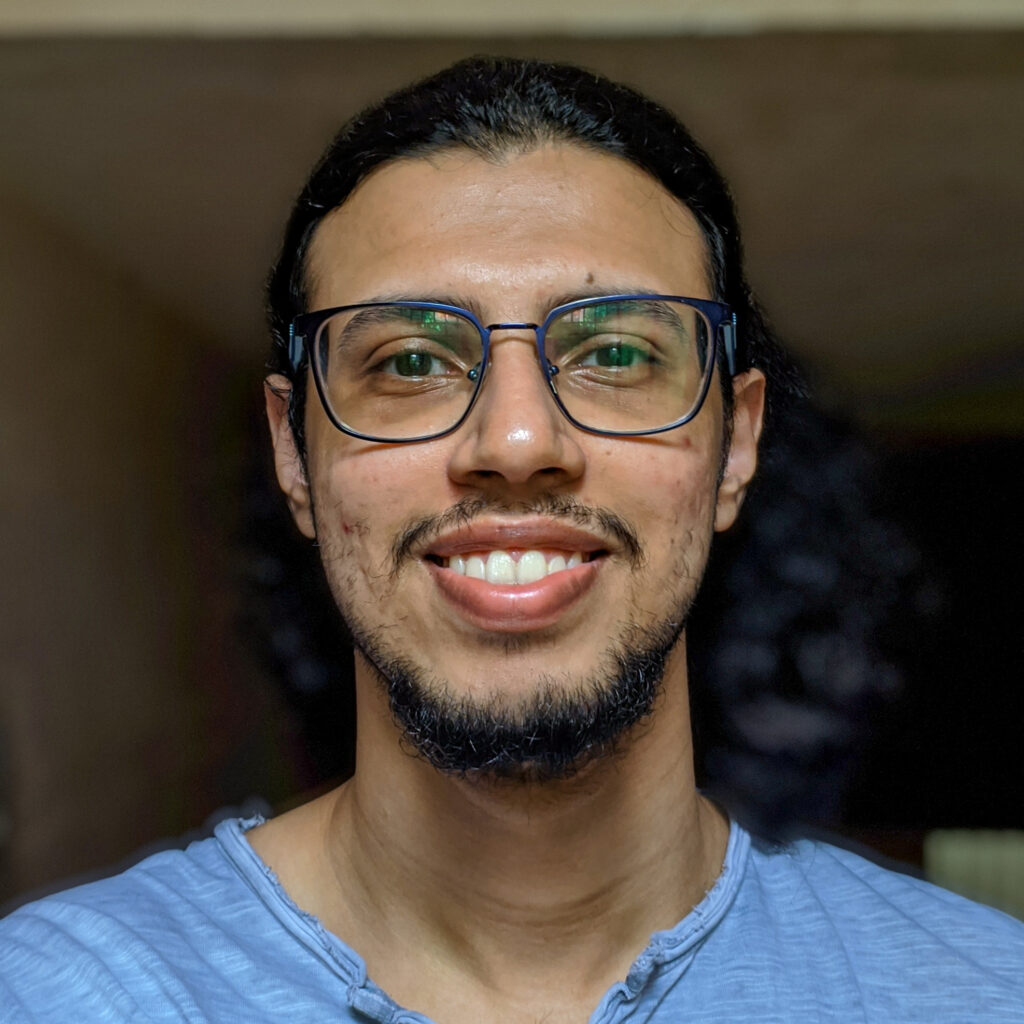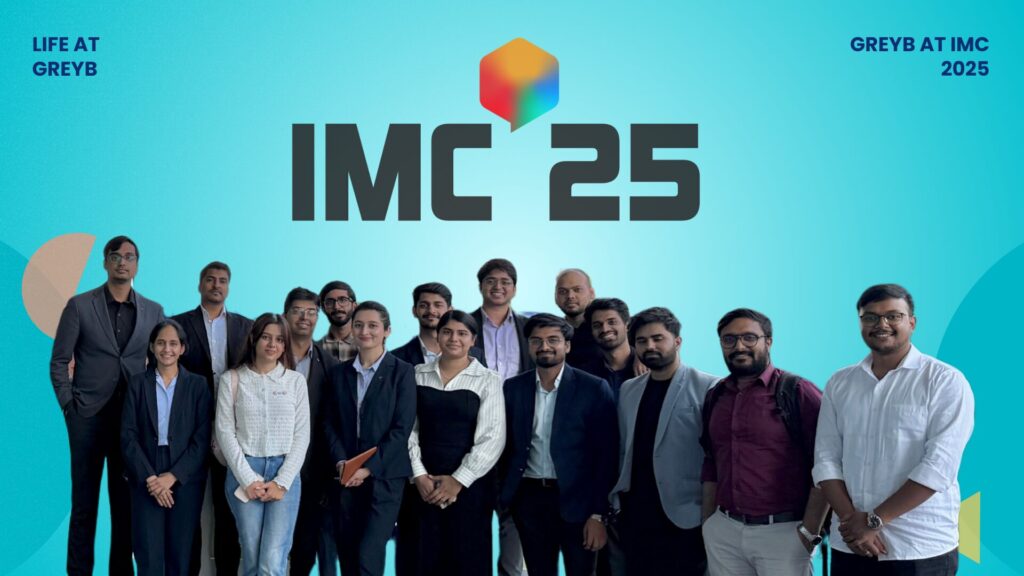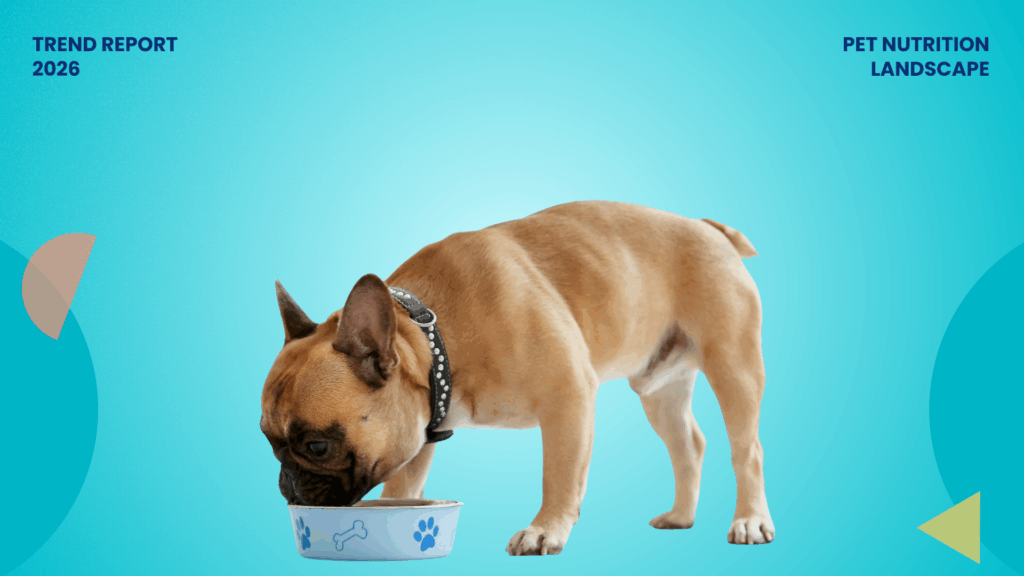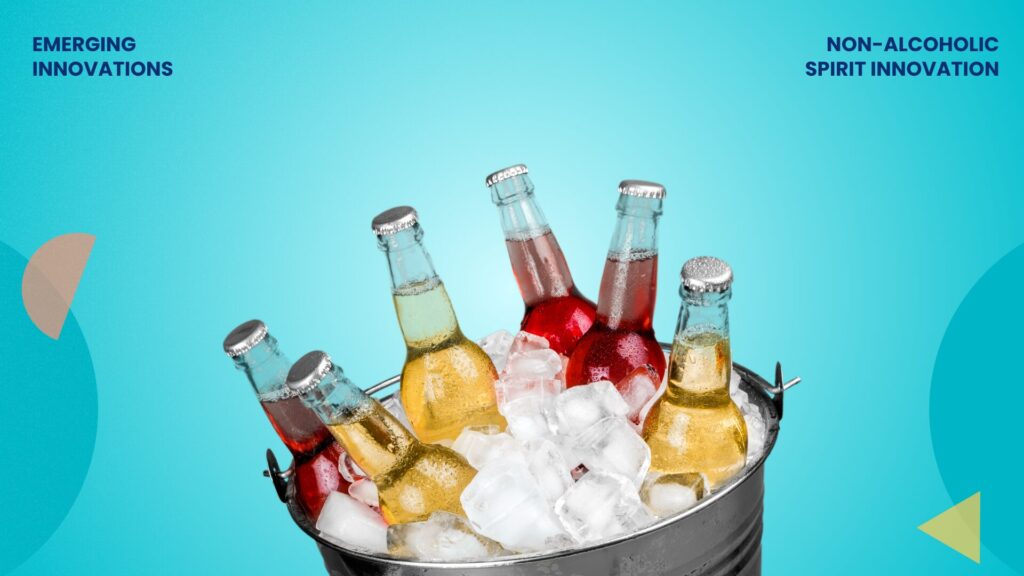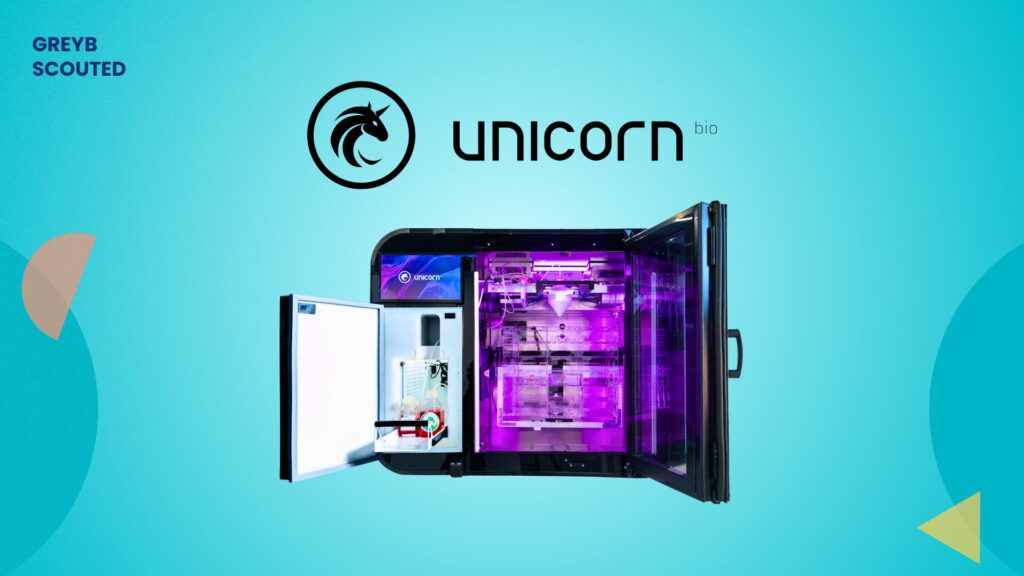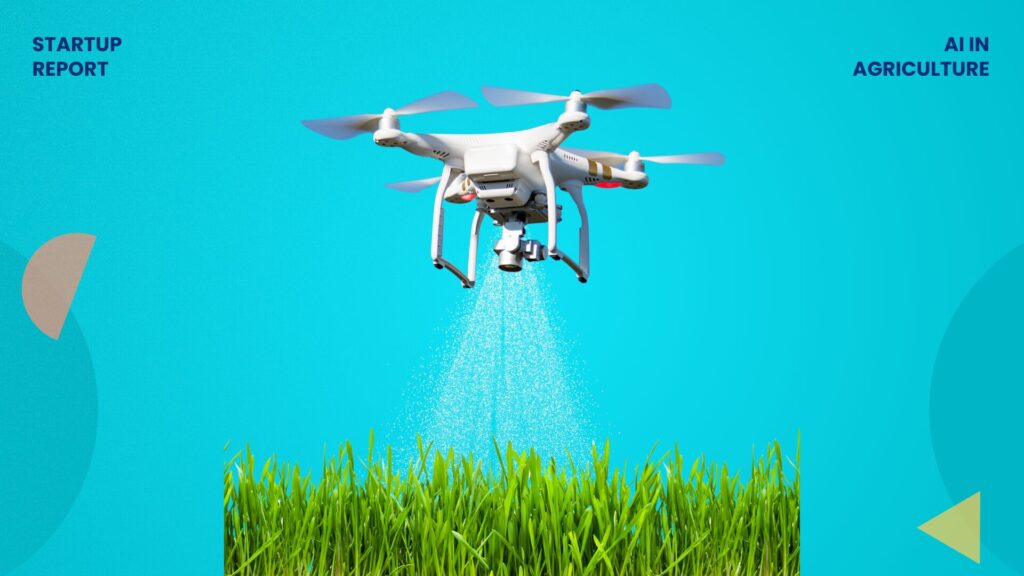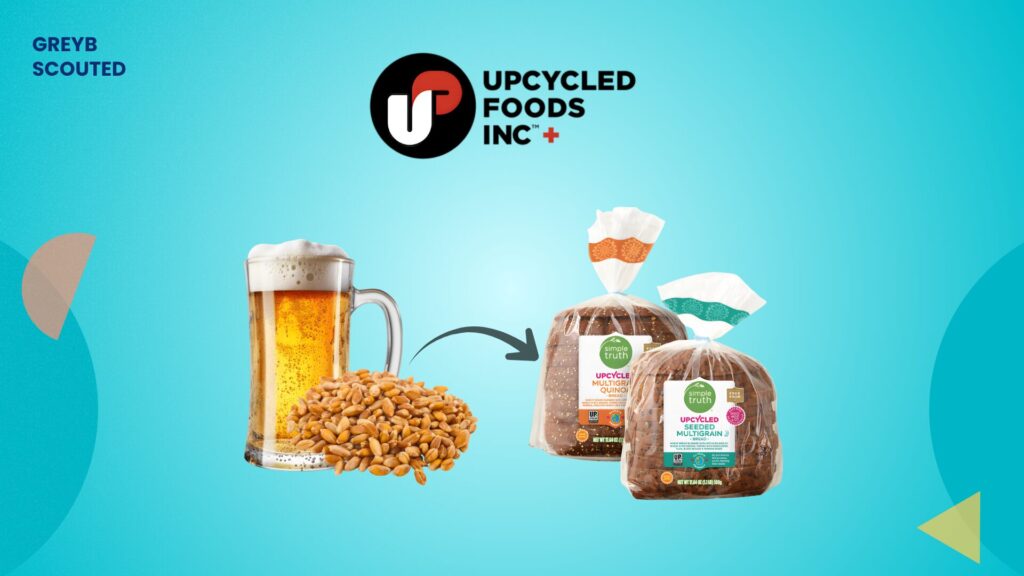The world is facing two significant environmental challenges: carbon emissions and water pollution. At the same time, water bodies around the globe are increasingly polluted by industrial, agricultural, and urban waste, leading to ecosystem damage and health risks. According to the United Nations, more than 2 billion people live in countries experiencing high water stress, and polluted water bodies exacerbate this crisis. The need for practical, scalable solutions to address both carbon capture and water treatment is more urgent than ever.
A San Diego-based startup named AirBuild has created a solution to these problems. They make smart panels filled with algae that help clean the air, produce green energy, and purify water. These panels can be attached to buildings or set up on the ground. It’s a simple, self-powered system that helps cities fight climate change, reduce pollution, and save energy costs.
To better understand how their technology works, we spoke to David Gory, CEO of AirBuild. This article contains notable highlights from our entire conversation.
This interview is part of our exclusive Scouted By GreyB series. Here, we speak with the founders of innovative startups to understand how their solutions address critical industry challenges and help ensure compliance with industry and government regulations. (Know more about startups scouted by GreyB!)
“Algae is 99% efficient in capturing carbon. We are tying in this new solution to already existing solutions for proofability.”
– David Gory

David Gory Jr is the co-founder and CEO of Airbuild. During his master’s program, he reportedly grew a biotech investment portfolio from $4,000 to over $600,000, showing a sharp eye for emerging technologies. David has led Airbuild’s pilot and demonstration projects, including a 3-acre algae remediation site in Green River, Utah, which filters water, captures CO₂, and produces biochar.
Algae-Powered Carbon Capture and Water Purification
AirBuild is an innovative company focused on tackling environmental pollution through algae-powered systems that capture carbon and purify water. The company’s self-powered solutions are designed to be deployed near polluted water bodies like rivers and lakes, where they use algae to remove harmful contaminants and reduce carbon emissions. The algae consume pollutants like nitrogen, phosphates, and bacteria, releasing oxygen and effectively purifying the water. The resulting algae biomass is then converted into biochar, a substance used for permanent carbon storage and as a biofertilizer, contributing to local agriculture.
What is AirBuild’s core mission, and how does your technology work?
David: Our mission is to transform waste from water, rivers, and cities into value. We deploy self-powered systems that use microalgae for both carbon capture and water treatment. By placing these systems in polluted water bodies, the algae consume contaminants and capture carbon through photosynthesis. The treated water then goes through a UV system for bacteria elimination, and we return clean water to the environment. We also convert the algae biomass into biochar, which sequesters carbon and serves as a biofertilizer for local farmers.
What are the key challenges you’ve faced in integrating this solution with existing systems?
David: The biggest challenge is overcoming the status quo. Many municipalities rely on outdated wastewater treatment solutions like evaporation lagoons, which are inefficient and costly to scale. We’ve had to prove that our system is cost-effective, scalable, and easy to integrate with their existing infrastructure. The integration process involves transferring simple water from existing lagoons into our algae-based systems, and we’ve achieved success by demonstrating that the technology works well with minimal intervention.
Can you explain the efficiency of your carbon capture process and what sets it apart from other methods?
David: Algae are highly efficient at capturing carbon—about 99%. This process is more natural and sustainable than other methods like direct air capture, which requires large amounts of energy. Algae not only capture carbon but also purify water, making our system a holistic solution for both carbon storage and water treatment. Additionally, the waste from this process, which is the algae biomass, is transformed into biochar for permanent carbon storage and used as biofertilizer, closing the loop on waste.
What are some of the challenges you foresee as you scale up your systems?
David: Scaling up presents several challenges, especially with automating the system. As we move from a small-scale prototype to large-scale systems, the integration of various technologies, from algae harvesting to biomass conversion, must be streamlined. Additionally, we need to ensure that biological conditions are stable and that sensors and other automation systems can handle varying water qualities. But we’re confident in our team’s ability to tackle these issues, as we’ve already made significant strides in testing and development.
What are your expansion plans, and what’s the next big milestone for AirBuild?
David: We are currently deploying our solution in Green River, Utah, where we’re working on a demo project. The goal is to treat polluted river water that feeds into the Colorado River. Once this system is up and running in the next couple of months, we plan to expand to other polluted water bodies in the U.S. and internationally. Our next significant milestone is to demonstrate our technology at a larger scale. Specifically, we aim to deploy our systems across 2.5 acres of land, which will showcase our ability to scale and automate the process.
How do you manage the variability in water quality, especially given the different levels of pollution in various water bodies?
David: We manage variability through a combination of sensors and bypass systems. Since water quality fluctuates, we track parameters like nitrogen content and temperature at the system’s inlet. If the water quality is off, our system automatically reroutes it through a bypass to maintain consistency. We also track algae growth within the system to ensure it’s harvesting the right amount and at the right time. This allows us to maintain a stable output, even when water input varies.
What is the most exciting aspect of your technology that sets you apart in the carbon capture space?
David: The most exciting part is how we’re combining carbon capture with water purification. Our system not only captures carbon but does so while addressing water pollution in an economically sustainable way. We’re also able to generate valuable by-products like biochar and biofertilizers, which provide additional benefits to local communities and contribute to a more circular economy. This multifaceted approach makes us unique in the carbon capture industry.
How are you protecting this technology?
David: We’re following a hybrid strategy. Our patents cover the ground-based receivers and beam control systems, especially beam steering and forming. For the space hardware, we’re relying on trade secrets. Nobody can inspect our orbital systems easily, and that’s similar to how companies like SpaceX handle IP. We’re also using unique orbital configurations that let us deliver power globally with just three satellites in highly elliptical orbits. That gives us a strategic advantage as well.
What motivates you to keep pushing forward, especially considering the challenges you’ve faced?
David: My motivation comes from personal experience. Growing up in Nigeria, I witnessed firsthand the struggles caused by water pollution and the lack of access to clean water. My co-founder Richard shares similar experiences in Kenya, where waterborne diseases took the lives of his family members. Our work at AirBuild is about making sure no one else has to face the same challenges we did. This mission drives us every day, and it’s what keeps us going despite the obstacles.
Meet our Interviewer – Shabaz Khan, Marketing Manager at GreyB
Shabaz Khan, Marketing Manager
Want to find other scalable startups working on sustainability and carbon capture technologies? Please fill out the form below to contact our experts.
Get in touch
Please share your query below

